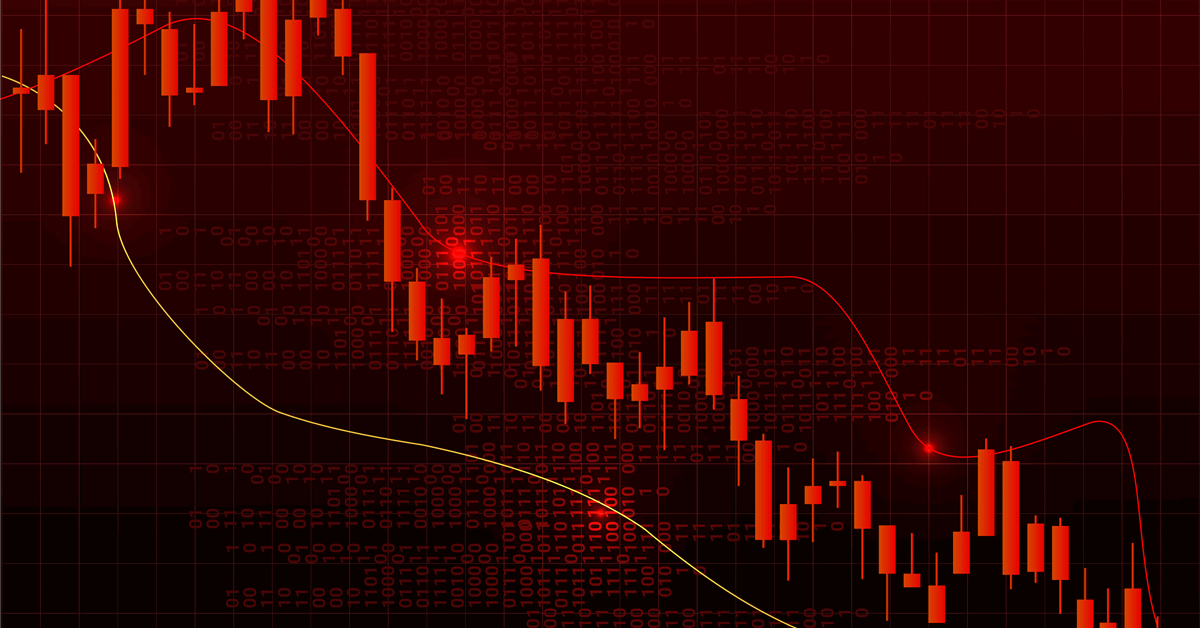
Oil fell as US President Donald Trump reignited his global trade war, while his latest plan to pressure Russia into a ceasefire with Ukraine didn’t include new measures aimed directly at hindering Moscow’s energy exports.
West Texas Intermediate fell 2.1% to settle below $67 a barrel after Trump threatened 100% “secondary” tariffs on countries that do business with Russia if there’s no ceasefire in 50 days. But he didn’t announce direct sanctions on the nation’s oil shipments, which traders had speculated might be coming when Trump promised a “major statement” on Russia last week.
Secondary tariffs are difficult to enforce, and investors have limited conviction that they’ll stick, said Joe DeLaura, global energy strategist at Rabobank. Before Trump released his new Russia plan, oil had gained as much as 1.8%.
“The only thing that would have supported this rally would have been some sort of direct US escalation against the Russian oil or gas industry,” he added.
In another headwind, Trump threatened 30% tariffs on goods from the European Union and Mexico over the weekend, damping the outlook for energy demand.
The president’s barrage of tariff demand letters last week contained some of the highest tax rates yet on major US trading partners. The attacks revived concerns that energy demand would deteriorate and added to widespread expectations of a glut later this year, leading hedge funds to turn bearish on oil at the fastest pace since February last week.
In the near-term, though, demand appears to be holding. China ended the first half of the year with a record trade surplus, with factories riding out the tariff roller-coaster. The trade data also showed that crude imports have risen so far this year. The country’s purchases of Iranian barrels jumped in June, according to data from Vortexa.
Oil is still more than 6% lower this year as traders and investors balance geopolitical tensions in the Middle East, which stoked concern over supplies, with the US-led trade war. OPEC+ is relaxing supply curbs, which could lead to an oversupply in the second half of the year.
Traders are now looking ahead to Tuesday’s US consumer price index data for clues on the path forward for monetary tightening.
Oil Prices
- WTI for August delivery fell 2.1% to $66.98 a barrel in New York.
- Brent for September settlement dipped 1.6% to $69.21 a barrel.
What do you think? We’d love to hear from you, join the conversation on the
Rigzone Energy Network.
The Rigzone Energy Network is a new social experience created for you and all energy professionals to Speak Up about our industry, share knowledge, connect with peers and industry insiders and engage in a professional community that will empower your career in energy.





















